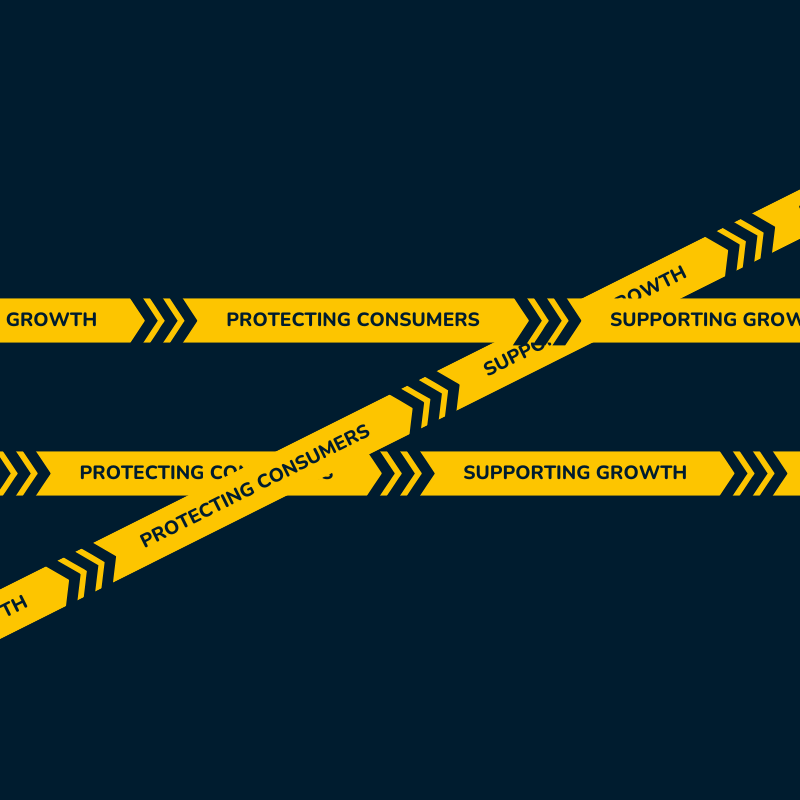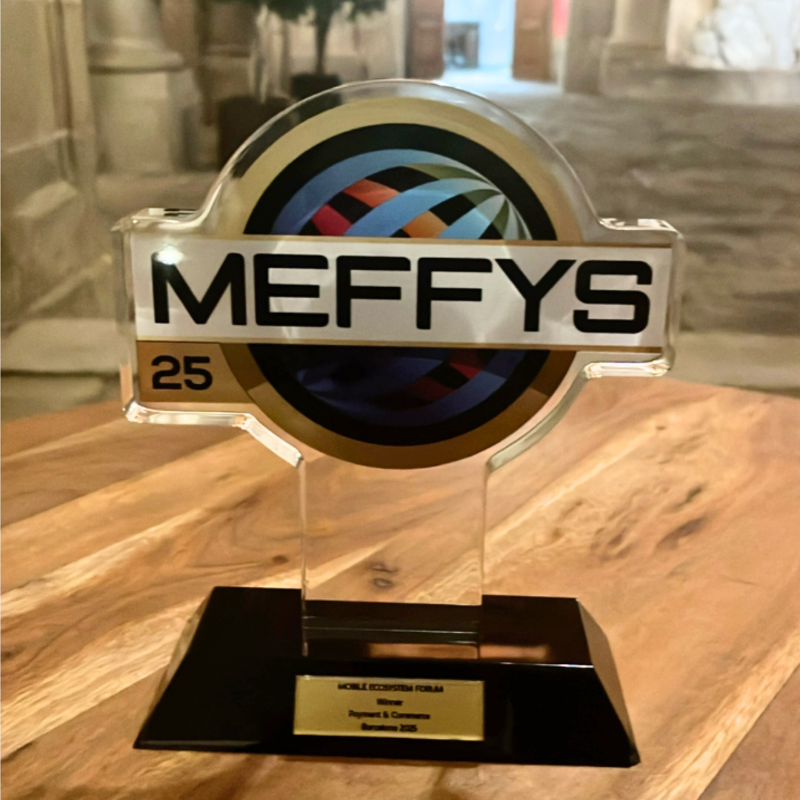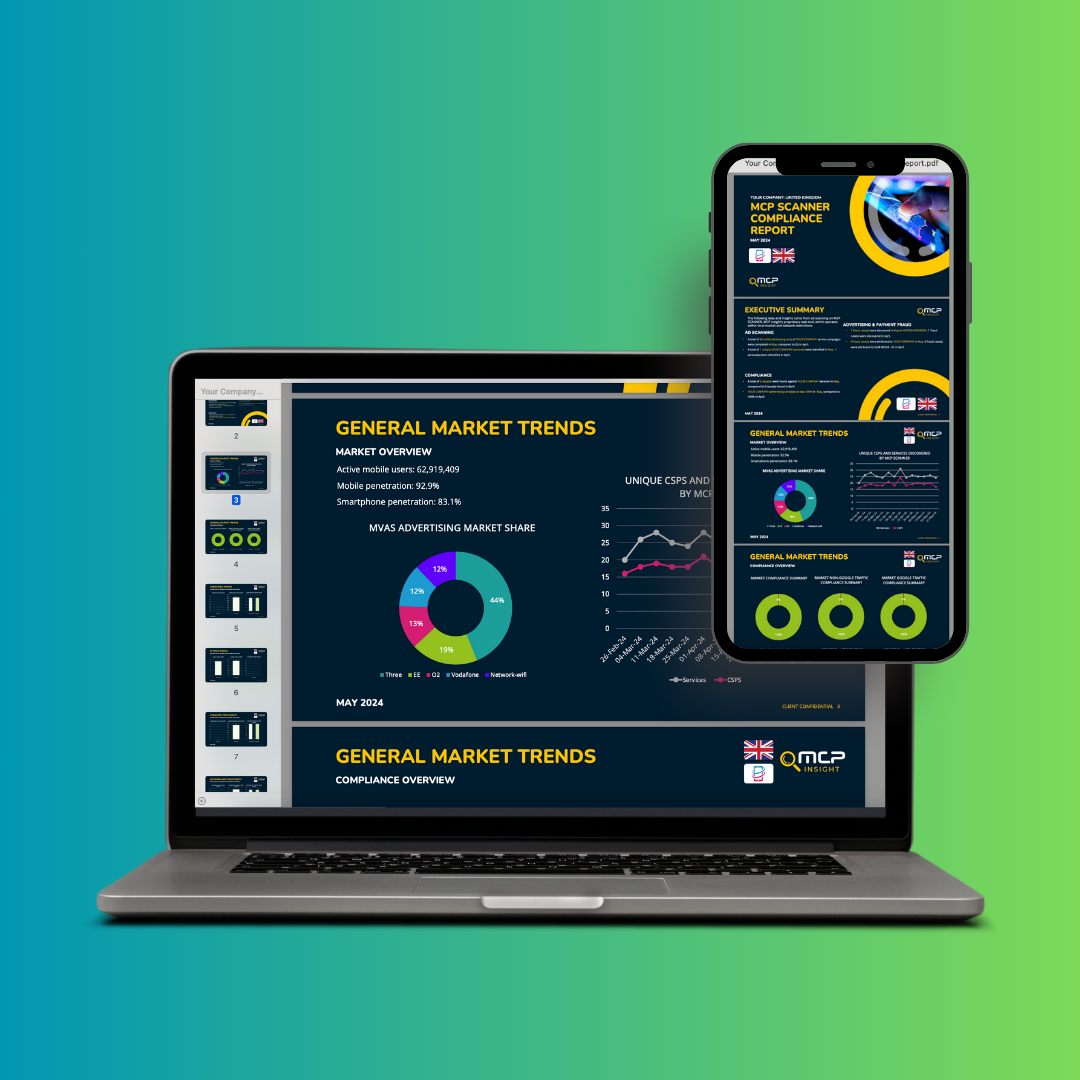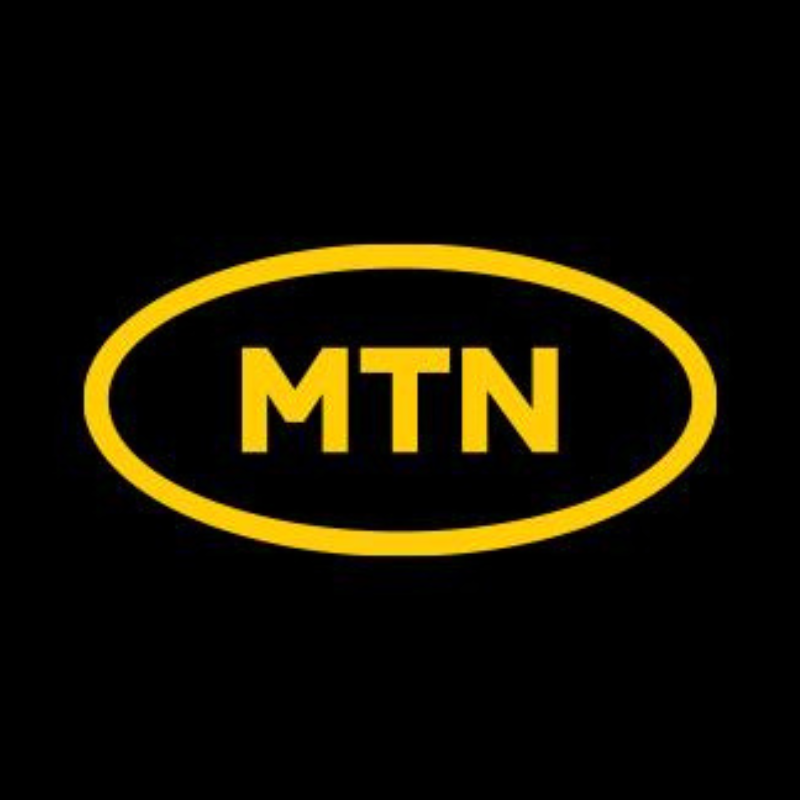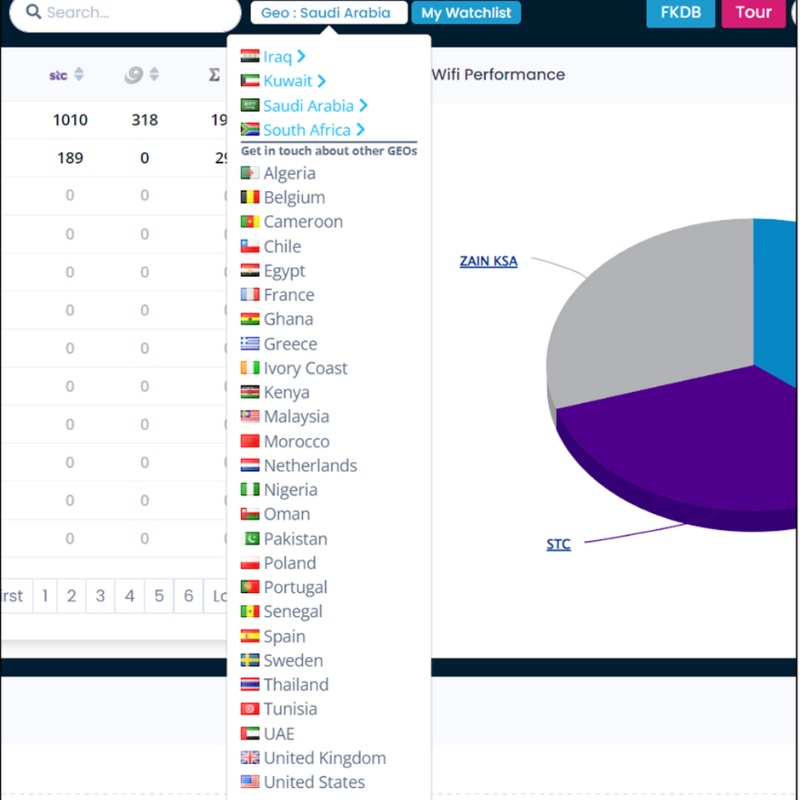The mobile payments ecosystem never stands still. Recent insights from Telemedia Online highlight some of the evolving dynamics – from rising chargebacks in card payments to the growing influence of TikTok on consumer discovery. For everyone involved in mobile content and payments – from operators and aggregators to content providers and regulators – these changes bring both challenges and opportunities.
Here’s our take on what matters, why, and how to respond.
1. Chargebacks Are on the Rise: A Clarity Problem Disguised as Fraud
As card payments increase, so do chargebacks – and not always for the reasons you’d expect. A recent study covered by Telemedia found that many so-called “fraud” chargebacks are actually the result of consumer confusion. Shoppers often don’t recognise the transaction on their statement and raise a dispute with their bank, especially when merchant names are unclear or unfamiliar.
Who this impacts:
- Merchants and CSPs bear the brunt, losing revenue and incurring fees.
- Payment aggregators risk reputational damage and may face increased scrutiny from partners or platforms.
- MNOs and regulators need to be aware of the broader impact on trust in digital payments – especially if similar patterns emerge in DCB.
MCP view:
This is a transparency issue, not just a fraud issue. Clarity in billing descriptors and post-purchase communication is essential – not only for cards, but across all digital payment channels. In our work, we’ve seen similar patterns with unclear or misleading messaging in the mVAS space triggering refund requests and complaints. If we want to preserve DCB’s value as a low-friction payment method, we need to make the user journey – and the billing – completely obvious.
2. Merchants Must Get Better at Post-Sale Communication
As the Telemedia article above highlights, the bar for dispute resolution is rising. Consumers now expect the same level of clarity and responsiveness from merchants as they do from banks. If they don’t get it, trust erodes – and chargebacks escalate.
Who this impacts:
- Content providers and merchants need to invest in clear communication, not just conversion.
- Aggregators should help merchants build better dispute-handling flows – and enforce standards where needed.
- MNOs are increasingly expected to ensure quality across the services offered via their networks.
Our view:
This is where compliance meets customer experience. At MCP Insight, we monitor service flows – from ad to payment page to post-sale experience. What we often find is that merchants focus heavily on acquisition and much less on support. Proactive communication – receipts, service reminders, FAQs – can prevent complaints before they happen. And for payment aggregators, offering support or tooling in this area could be a real differentiator.
Another powerful solution is the use of a third-party consent verification platform. By independently recording and verifying each consumer’s consent to purchase, these platforms provide a clear audit trail that can be used to resolve disputes swiftly and definitively. In the case of “friendly fraud” or malicious refund requests, a consent management platform makes it far easier to resolve disputes fairly. If the journey is transparent and compliant, the evidence speaks for itself – helping to protect merchants, aggregators, and operators from unjustified refund demands or reputational damage.
We’ve seen this approach bring real results – not only by cutting complaint volumes but by giving all parties in the value chain, from operators to merchants, greater confidence in the integrity of the transaction. It’s a simple way to shift from reactive firefighting to proactive protection.
3. DCB Is Growing, But It’s Not Alone at the Table
Direct Carrier Billing continues to expand, with new deployments in sectors like physical goods. Yet alternative payment methods (APMs) are snapping at its heels – offering slick UX, brand familiarity, and cross-border flexibility.
Who this impacts:
- Mobile Network Operators need to defend and grow their share in this evolving mix.
- Payment aggregators must prove the ongoing value of DCB and ensure merchant clients are maximising its unique benefits.
Our view:
DCB remains a powerful tool – especially in markets where banking penetration is limited or mobile-first behaviour dominates. But if it wants to keep pace, the ecosystem must evolve. That means investing in the user journey, optimising conversion, and minimising friction. It also means active risk management: poor experiences, fraud, and misleading customer journeys not only hurt users – they give APMs the upper hand.
Our role at MCP is to support this growth responsibly. By helping stakeholders enforce high standards across acquisition and billing flows, we’re enabling DCB to remain a trusted, sustainable channel in a crowded payments landscape.
4. TikTok Is More Than a Distraction: It’s a Discovery Engine
It’s not just about payments. TikTok is rapidly becoming a preferred platform for product discovery – especially among Gen Z and younger Millennials. As users scroll, they’re primed to click, engage, and buy. This shift is already reshaping how merchants and media agencies approach traffic acquisition.
Who this impacts:
- Content providers and media buyers need to diversify channels, leaning into TikTok’s unique creative formats and algorithms.
- Aggregators and MNOs may see increased traffic from new sources – which can bring growth, but also new risks.
Our view:
The opportunity here is huge – but it must be managed. With TikTok traffic comes a different user mindset and new content dynamics. Fast-paced trends make it harder to monitor ads, particularly your partners’ output, and we’ve already seen campaigns where creative formats clash with compliance standards.
At MCP Insight, we believe the future of mobile payments and content services lies in responsible growth – built on strong oversight, user-friendly experiences, and data-led decisions. If you’d like to talk about how we can support that future together, we’re always open to a conversation.

















